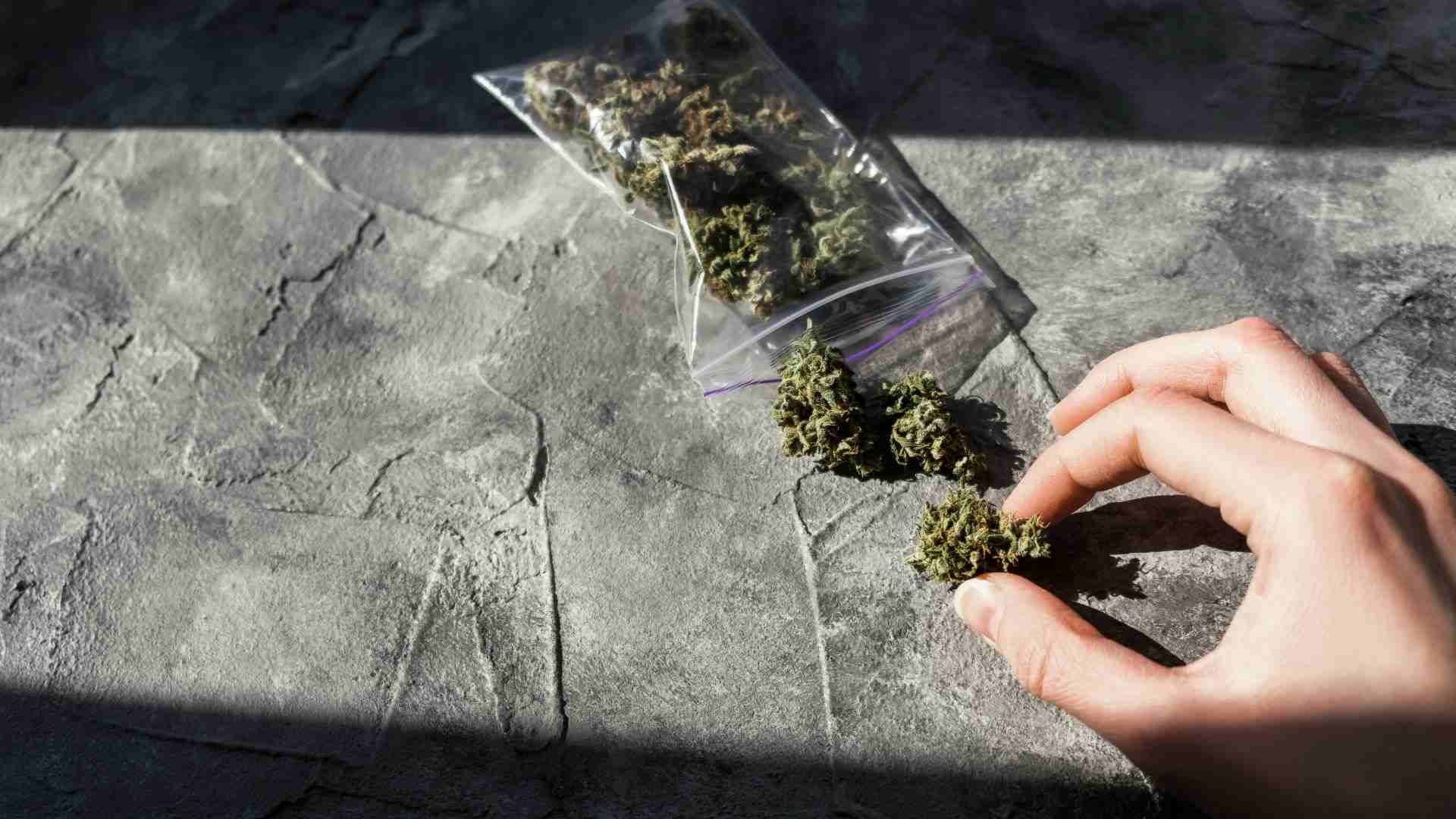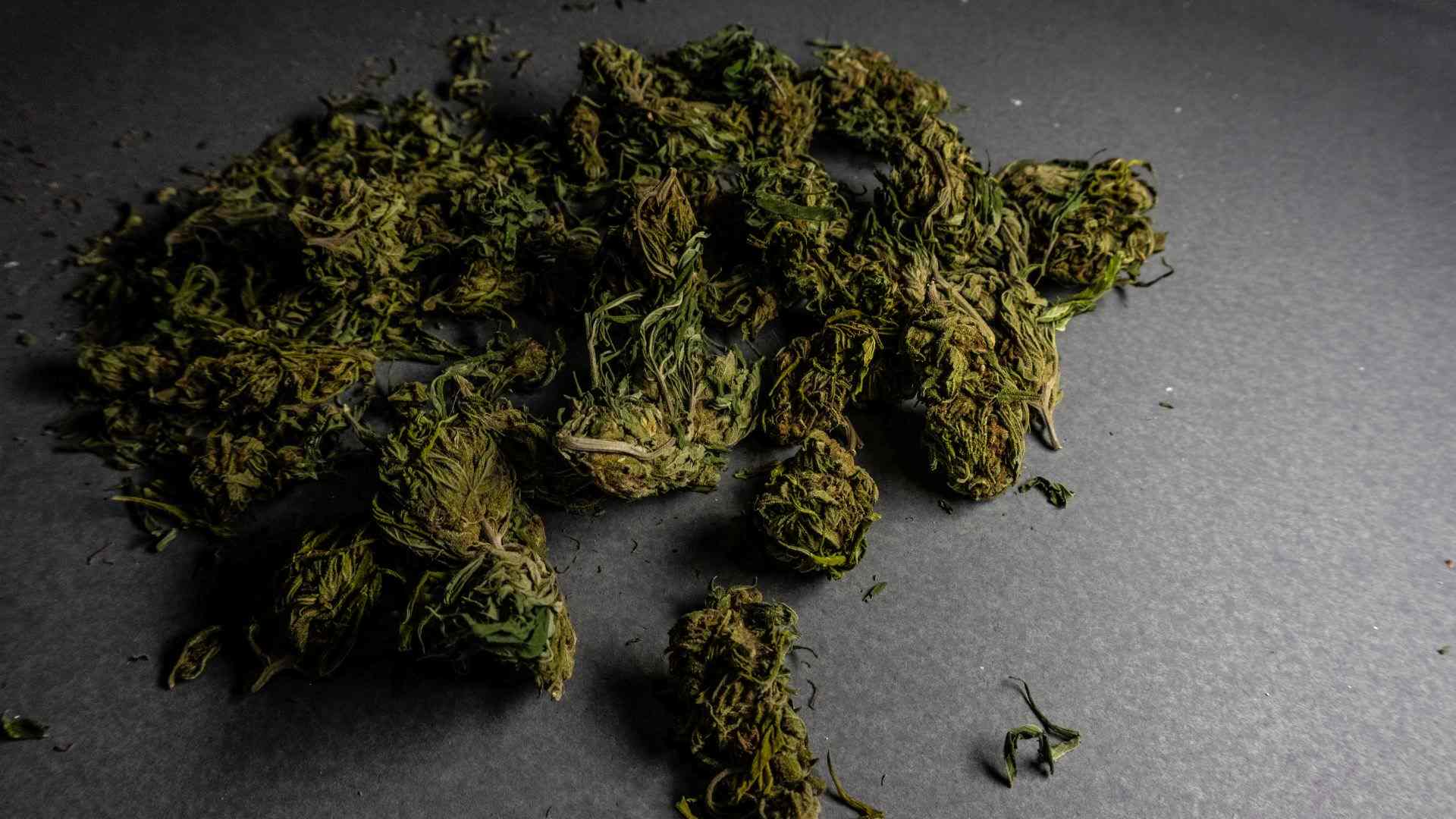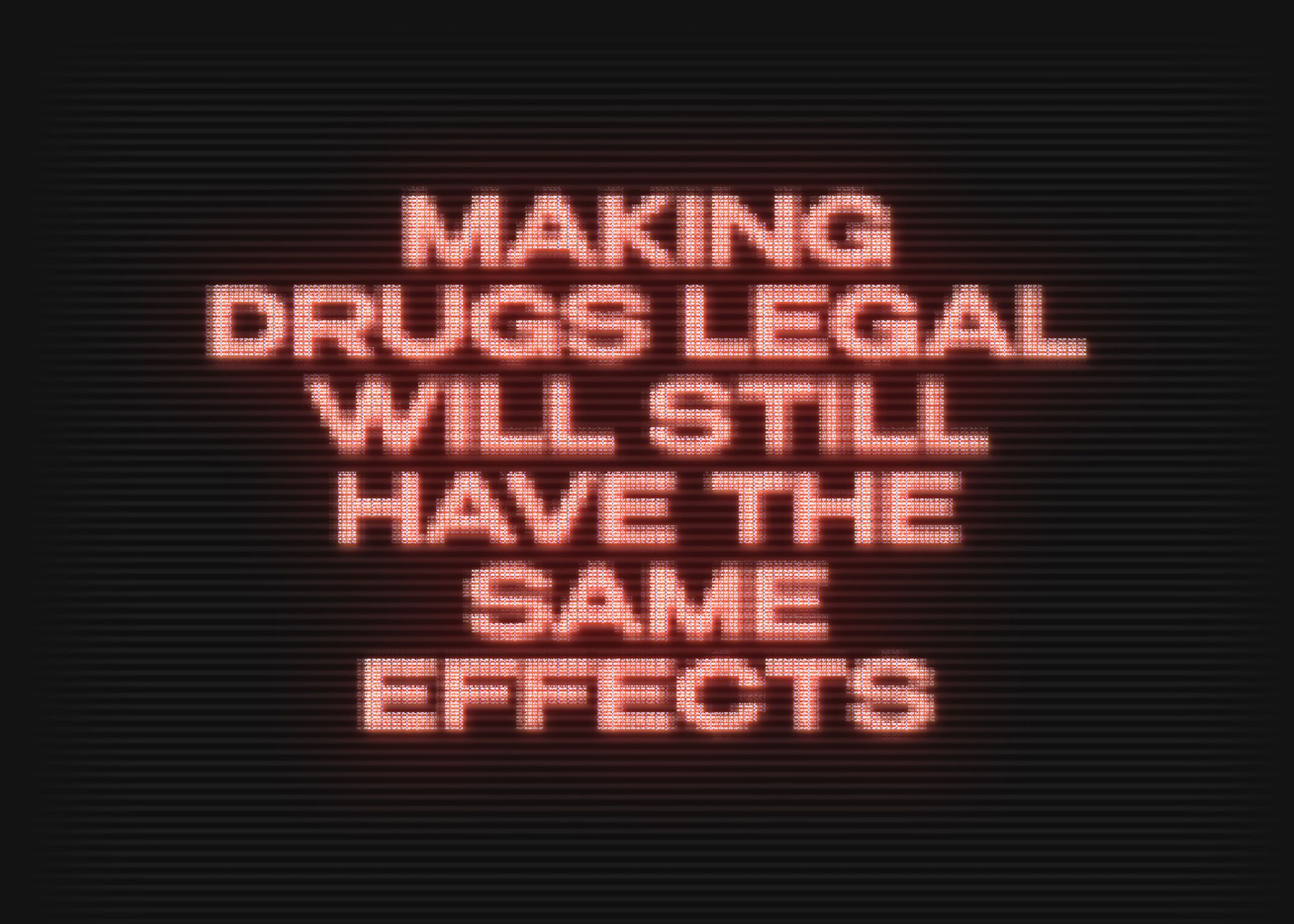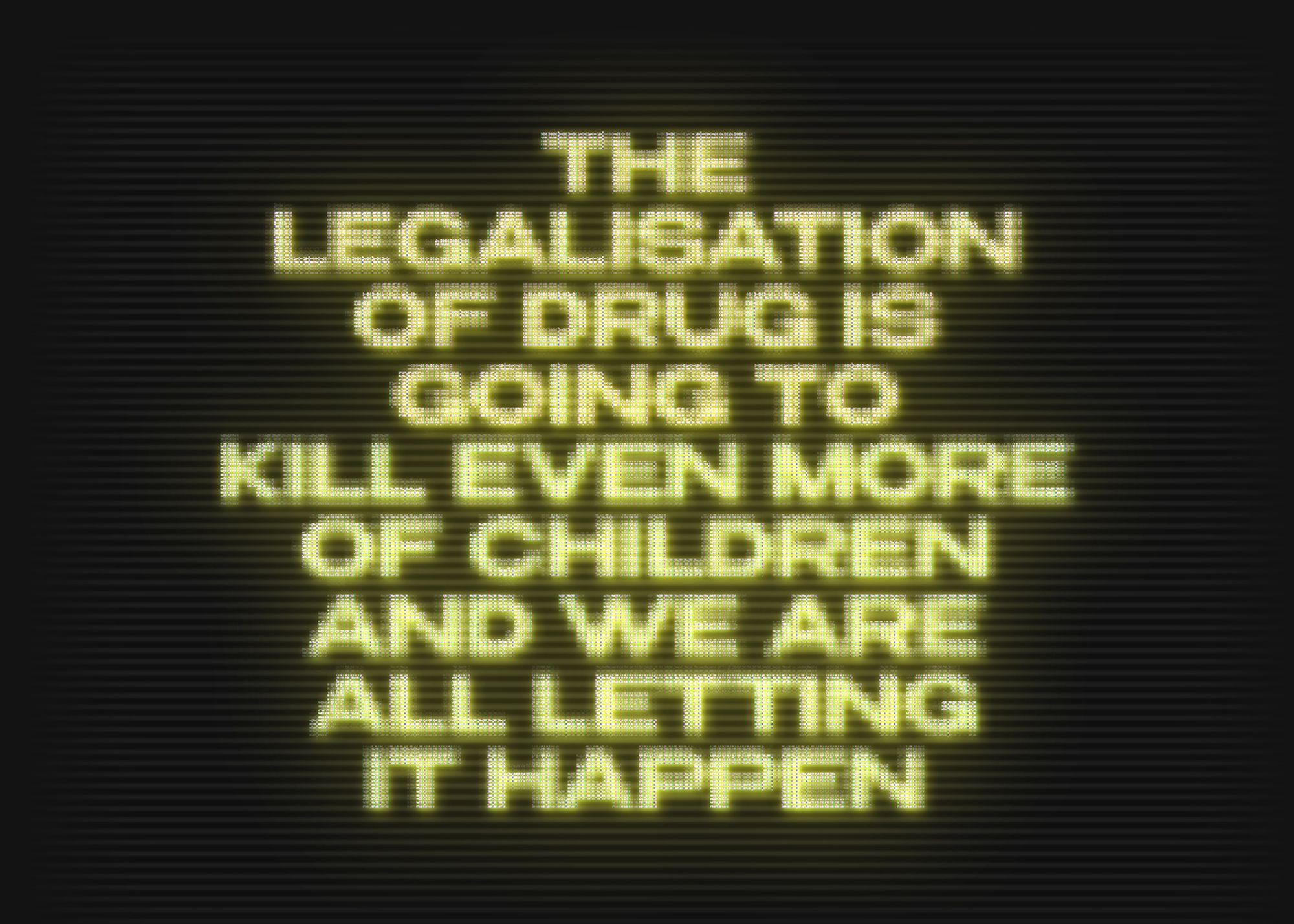OUR MISSION



Don’t Legalize Drugs exists to counter the growing push to normalize and legalize harmful drug use. Despite claims that “the war on drugs has failed,” legal access doesn’t make drugs safer or less damaging. It simply makes them more available—especially to young people.

This is not just a personal choice issue. It’s a generational one.

We aim to inform the public—especially parents and future parents—about the real social, health, and economic consequences of drug liberalization. If you believe your children or grandchildren deserve a future free from addiction and harm, we invite you to stand with us.
Let’s fight for a future that’s drug-free
—not drug-fueled.
BLOG POSTS

One Nation Under the Influence: How U.S. Drug Policy Is Failing — And What Can Be Done


Oregon Youth Cannabis Risk Sparks Expert Warnings


Why Cannabis Decriminalisation in the UK is Not the Answer


Are Drugs to Blame for Rampage Killings in the Western World?


California Seizes 123.5m in Illegal Cannabis

Join The Fight To Protect Future Generations
Whether you’re ready to volunteer, donate, share your story, or simply stand with us — your voice matters.
Join the movement to protect our communities and support recovery. Every action counts.






